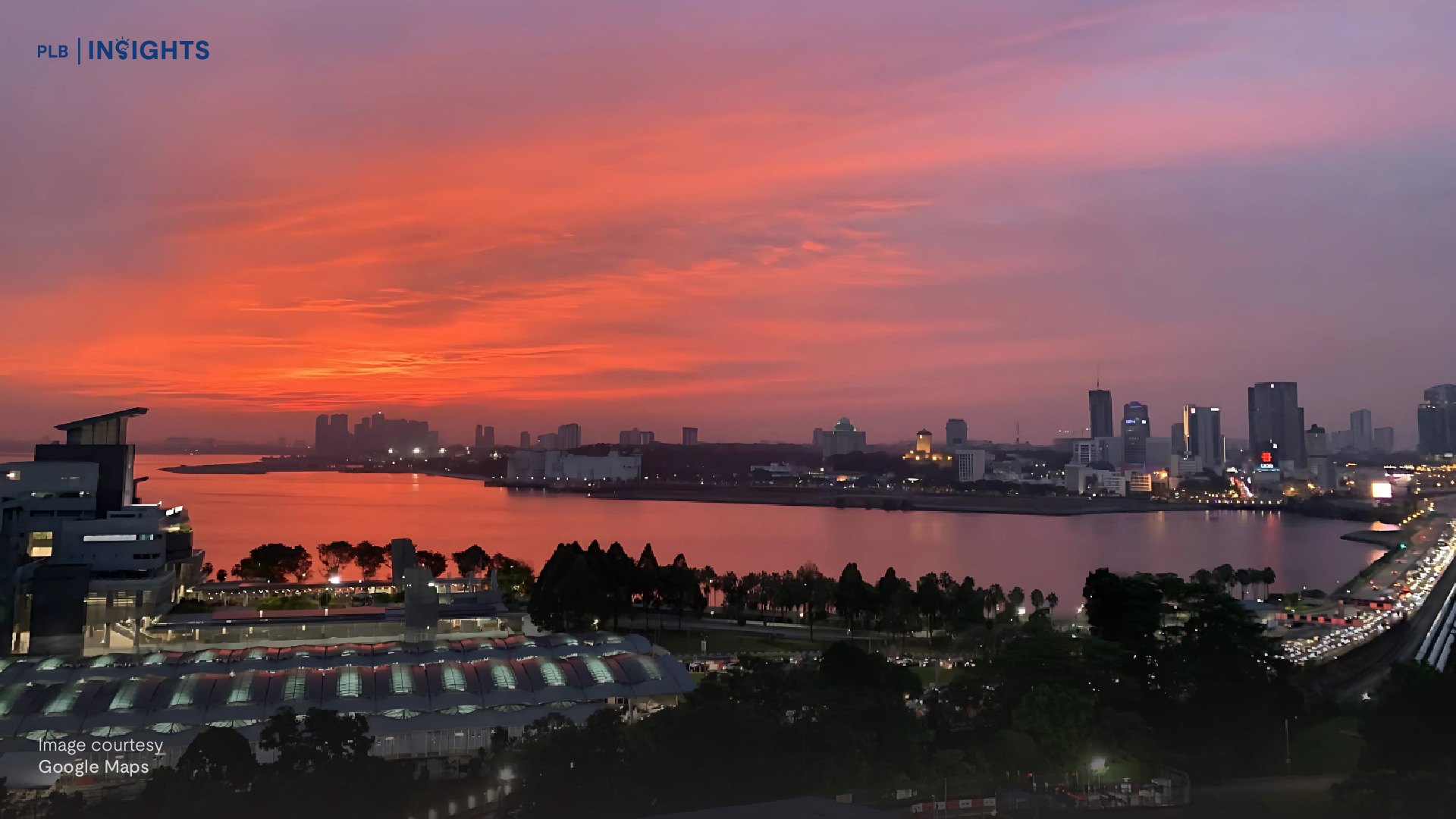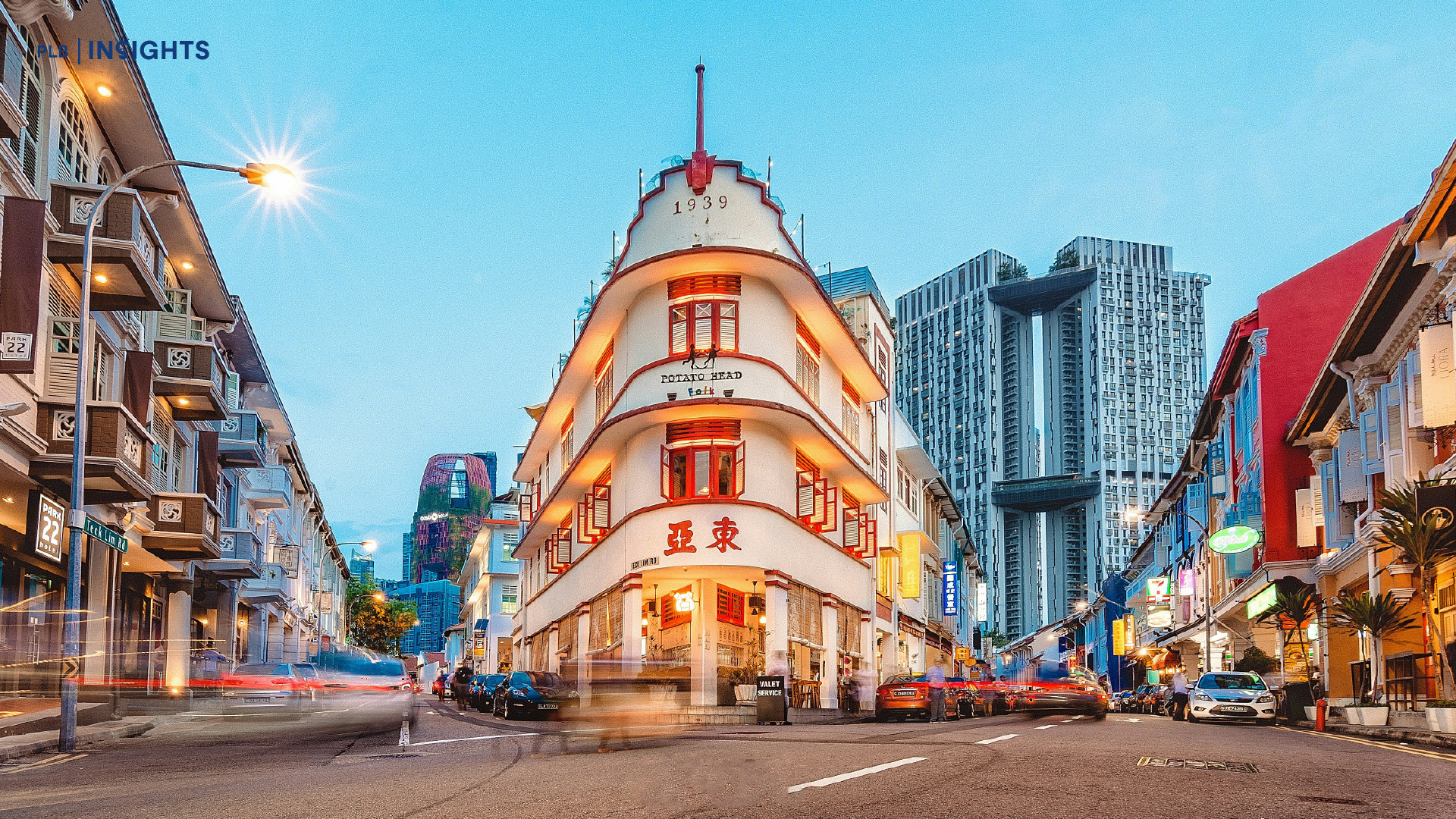
Never mind the weekend visits to Singapore’s museums. Singapore has countless Instagrammable walls outdoors. Aside from the popular tourist hot spots such as Haji Lane and Chinatown, did you know that murals are hidden in our heartlands too?
Ah, the analogue TV screen that went viral a few years ago. I saw it on my Instagram feed too. Seeing similar posts across social media makes me wonder, are murals just pretty paintings on our walls, or are they something more? This article will explore what murals are, some of its location, and the power they hold.
What are Murals?
The term ‘Murals’ will refer to artworks on facades accessible to the public– with consent. In Singapore, the distinction between vandalism and art depends on whether prior approval was given by either authorities or property owners, depending on whether the painting is on public or private property. The penalties for committing vandalism include a fine, imprisonment up to three years or caning. Unlike world-renowned street artist Banksy, the chances of having our own Singapore Banksy are pretty non-existent.
Nevertheless, our street art scene is gradually gaining recognition over the years. The Singapore Government also recognises the growing interest in public art and has initiatives promoting public art. For example, the National Arts Council set up a Public Art Trust, where artists can create art in specific public spaces. An example of a mural under this initiative is ‘Reminiscing Old Ang Mo Kio’ by Yip Yew Chong, who has painted over 70 murals around Singapore since 2015. This mural is part of a collection that invites viewers and residents to stop and look back at the estate’s history.
Yip Yew Chong’s murals are often semi-realistic and intend to evoke a sense of nostalgia among the viewers. In ‘Reminiscing Old Ang Mo Kio’, the murals painted along HDB walls interact with its architecture. On the left, you will notice how the realistic mural uses the roof and windows to simulate the side of a kampung hut. The stilts and chicken near the ground redefine where the house’s flooring starts and provides an illusion to its viewers.
History of Murals in Singapore
The earliest record of murals in Singapore seems to be Stanley Warren’s chapel murals in the 1940s. During Warren’s time as a prisoner of war, he decorated a part of St Luke’s Chapel with murals based off four selected text of the gospel. With paint being a precious commodity at that time, many prisoners risked their lives to gather materials for the paintings. Coined as the ‘Changi Murals’, the discovery of these murals were accidental as airmen cleared the unused chapel turned storeroom. Although the chapel is no longer around, most of these religious murals are preserved and resides safely at Changi Air Base. Replicas can be found in the Changi Chapel and Museum where stories of prisoners of war and civilians are shared.
Fast forward to the construction of Singapore Airport, the government published an advert inviting mural submissions to be executed at the passenger terminal building. Of the three selected designs, two belong to William P. Mundy and the last to local Shamsuddin H. Akib. Both muralists knew each other before this competition and each submitted two murals; one representing Singapore and other Malaysia. Do you know why?
1963 is an important year in Singapore’s books as it was the year where we briefly merged with Malaysia! The competition took place before the official merger in September 1963 and both artists did not know the organiser’s preference on a Singapore or Malaysia-centric piece.
These murals are uniquely created from Italian mosaics and are long pieces of works. The longest mural of the three spans 12 metres. ‘Cultural Dances of Malaysia’ depicts four dance types represented by Chinese opera, Indian, and traditional dancers. Two of the murals have been removed since the construction of Changi Airport and the conversion of Singapore Airport to the current military air base. Akib’s wish is for his mural to be reconstructed one day.
As Singapore transitioned from slums to HDB flats in the 1960s, many of the flats stood as blank canvases. After a suggestion by a Member of Parliament in 1973, initiatives to paint HDBs in a wider range of colours to add more interest to the buildings started in the 1980s. Spreading across our heartlands, HDBs with murals could be found throughout the island. For example we have the below two murals located in Hougang.
Due to murals’ temporary nature coupled with HDB’s cyclical repair and redecoration works, it is rare to see long-standing murals on HDB flats. Both blocks 25 & 316 are part of first-generation buildings in Hougang’s redevelopment, and these murals were first painted along with its construction! The left mural had many iterations over the years. Still, the presence of ‘Welcome to Hougang’ in Singapore’s four official languages and motifs of sun and birds were always present. These iconic murals have made the buildings well-known among visitors and residents alike, forming a core identity for the town of Hougang.
What is the purpose of murals?
While taking a peek at the history of murals in Singapore, we saw three different types of murals with different meanings. Murals serve many purposes depending on the context and intention of the stakeholders involved. Aside from artists, other stakeholders include the community, individuals, property owners and the authorities. Due to Singapore’s law, most (if not all) murals around us are either community initiated or commissioned. Here are five different artworks to share more about other purposes:
#1 Murals (2006 & 2014) by Xinmin Secondary School
Firstly, we have a collection of 22 mural paintings by Xinmin Secondary School students in 2006 and 2014. You can find the painted blocks on the side of HDBs surrounding Xinmin Primary and Secondary School. Murals strongly relate to our national identity. The Singapore flag can be on multiple flats, and illustrations of familiar icons are scattered throughout these flats. For example, apartments display important figures in Singapore’s history, such as Sir Stamford Raffles and Sang Nila Utama. Overall, these murals promote patriotism and national pride amongst residents.
#2 Disney Team of Heroes Murals (2022)
Secondly, Disney collaborated with KK Women’s and Children’s Hospital to create interactive murals in the children’s waiting room and entrance to certain operating theatres. Although less accessible than the other murals in this list, the murals intend to soothe the anxieties of children going through surgery via Disney-themed murals. The children may interact with the murals via the Disney Team of Hero applications and watch them come to life. The incorporation of technology with design makes this mural one for the books. These murals contribute to the experience of patients and their families in the context of the setting—a hospital and elevate a paint point which is the rising anxiety of children staying in hospitals.
#3 Recycle Right Campaign (2022) by Mural Lingo
Thirdly, as part of a nationwide campaign to encourage recycling, the National Environment Agency (NEA) commissioned Mural Lingo to create a series of murals to drive the message of recycling and brighten up the neighbourhoods. Located beside recycling bins in Pasir Ris, Serangoon, Toa Payoh, Yishun, and Bukit Batok, the five murals feature Bloobin, NEA’s mascot representing the blue recycling bins. Similar to posters or social media postings, murals can be a form of education. Murals come in many shapes and styles. The comic-style mural above aims to educate viewers on recycling without contaminating everything. Murals are not restricted to solely visuals and stories; they can help raise awareness about important issues.
#4 Dumpling Darlings (2020) by Paper Street Design Co.
On the topic of raising awareness and providing an identity to a community, local businesses also use murals to drive traffic and branding. Dumpling Darling’s mascots Jo, Pork Chop, and Dough grace the three-storey shophouse of their Circular Road outlet. Following the colour scheme of the branding and having aspects of its surroundings (Singapore River and CBD area), the mural playfully interacts with the environment around it. Murals can add value to local businesses by creating a visual identity and experience for potential customers, inviting them to visit the shop.
#5 The Wayfinding Project by Alzheimer’s Disease Association
Lastly, murals can foster closer community relationships and create a more inclusive environment. The Wayfinding Project by the Alzheimer’s Disease Association (ADA) is a collaboration between residents, grassroots members, and National University of Singapore students. Based on findings from a research paper by NUS students in partnership with ADA, ADA and Kebun Baru grassroots identified housing estates with a high proportion of seniors. Aiming to improve wayfinding where people with dementia could find their way around the neighbourhood, residents, people with dementia, and students alike came together to paint nostalgic images! From ang Ku kuehs to tingkat boxes, you can find 37 murals across ten blocks. The process involving various stakeholders is a long and arduous one. For murals to make meaningful connections, the openness to learn from each other and the inclusion of key stakeholders is essential.
Final Thoughts
In Singapore, you can find murals along HDB void decks, facades of HDBs, shophouses and even hoardings that act as noise barriers. While there is not a comprehensive list of past and current murals in Singapore, blogs such as The Occasional Traveller provide insight into where you might find some and create your own mural trail.
Murals may have decorative benefits, but overall, each piece’s thought process and context make everyone unique and powerful. In this article, we learned that murals can:
- Evoke nostalgia and reflection of the past,
- Create an identity for a community/ business,
- Tell the story of religion,
- Aid in wayfinding amongst the dementia community and more!
We hope you will see much more than a painting on the wall next time you walk past murals. Till next time!





















